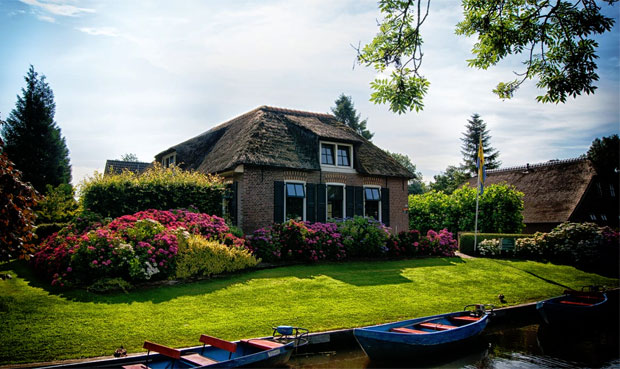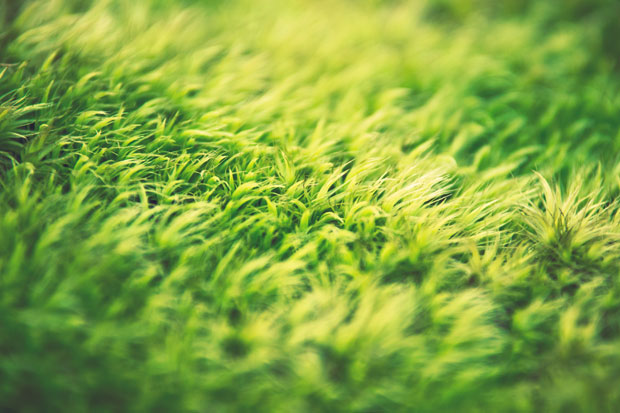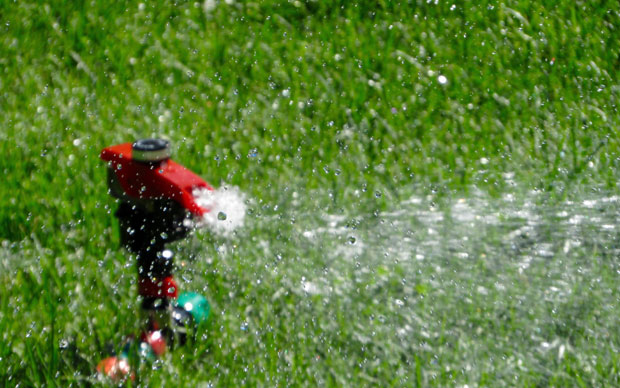How to Keep a Lush, Green Lawn

How to Keep a Lush, Green Lawn
If you’re gazing with envy at everyone else’s jewel-like, lush and even lawns then you need to get serious about transforming your patch of scorched earth right now! Great lawns don’t just happen by accident; they take time, effort and forward-planning. This is something that you can do yourself if you’re willing to put in the work and time but if you do need some help, don’t hesitate to get in touch with some lawn care professionals like the ones from here: https://www.lawncare.net/.
- Lay the right foundations
Green grass starts before the first seed from The Grass People hits the ground. You need to use the right sort of fertiliser or feed before you sow anything. You need longer-term nutrients like phosphates in the main, with some nitrogen, but not too much as you’ll be adding it in later.
- Create a year planner
This doesn’t have to be complicated – just a few notes on an app or physical calendar telling you what type of fertiliser to buy and when to use it will do.
There are two phases when it comes to fertilisers. Autumn and winter is when you focus on making the grass stronger and getting longer-lasting nutrients into the soil. These fertilisers will have more potassium in, which helps the grass to resist cold and to develop stronger roots. You need to apply these feeds throughout October, November and December.
Then when spring comes and the grass starts to grow, you need shorter-term fertilisers with more nitrogen in from March or so. These feeds get used up quickly, so you can either apply them every six weeks until August or use a specialised slow-release version in May that will last for 12 weeks.

- Control weeds and moss
Eliminating weeds and moss is the surest way to a green lawn so you should use a specialist fertiliser that doesn’t just feed your lawn but controls moss and weeds too. The best time to apply these treatments is in September when the weeds are still growing and absorbing the mixture.
- You need to water the lawn too!
The UK doesn’t really get droughts, so you don’t need a sprinkler system! However, you do need to have a hosepipe that can reach all the corners. You also need to know what sort of soil you have. Sandy soil will start to dry out after a few days of sun while clay-heavy or loamy soil takes a bit longer. Look out for your blades of grass starting to roll up into cylinders – when they do this, it’s time to get the hose out.
Lawns need a good, deep watering with gaps in between so that the water sinks down further into the soil. This encourages deeper roots in the grass, which is better for long-term growth and access to nutrients.
If you tend to be away a lot over the summer, on holiday perhaps, then choose a drought-resistant grass that will survive dry periods and spring back into life as soon as it rains.

- Do a bit of over-seeding
If you have a few patches on your lawn where the grass is a bit sparser, then you can over-seed these areas. Don’t go mad here, though, just a few seeds per square inch will do the job nicely if you want to fill in the bald spots to enjoy a completely green lawn!
Collaboration.




